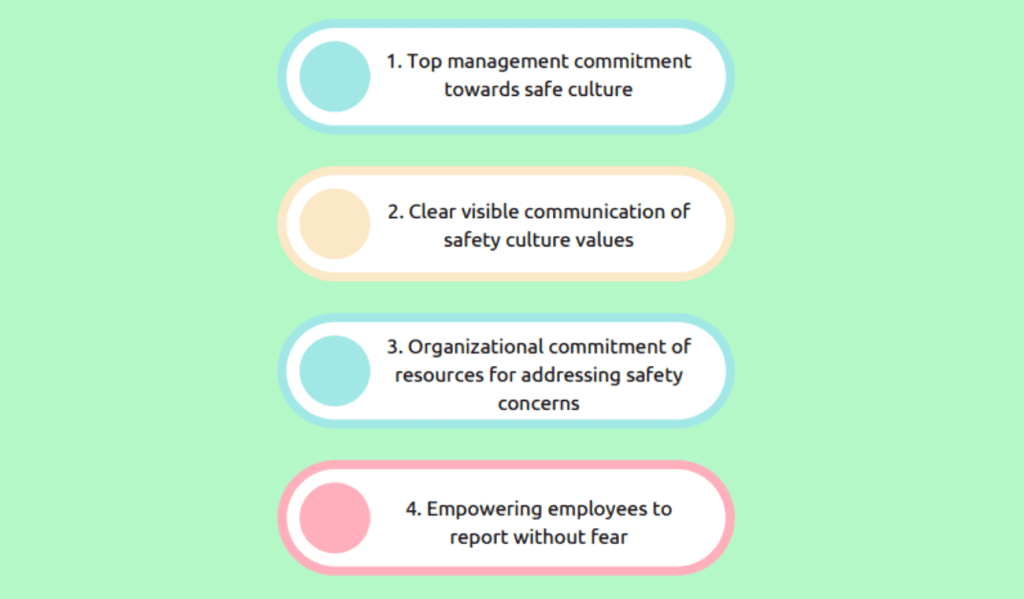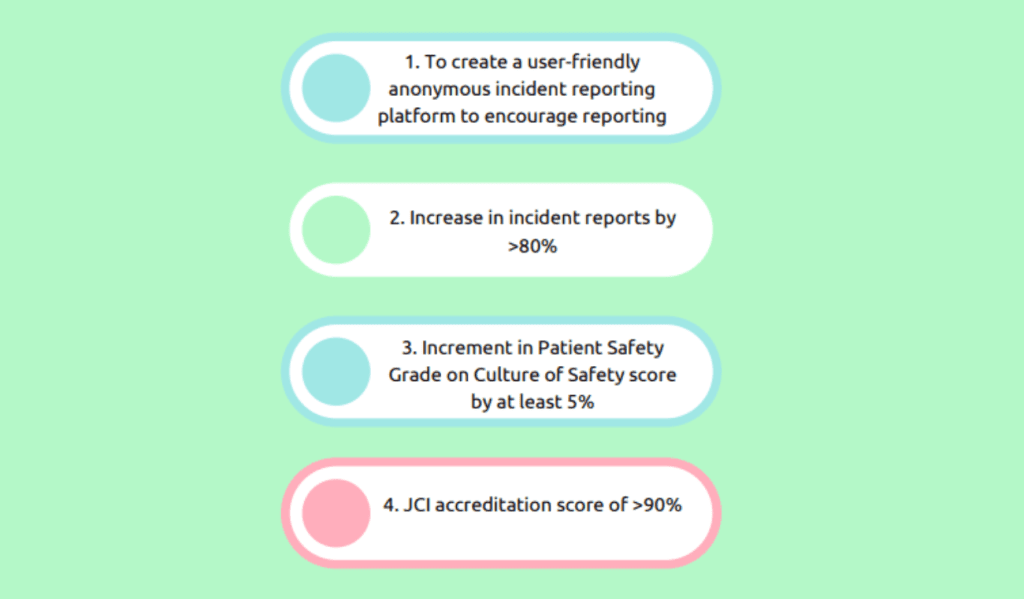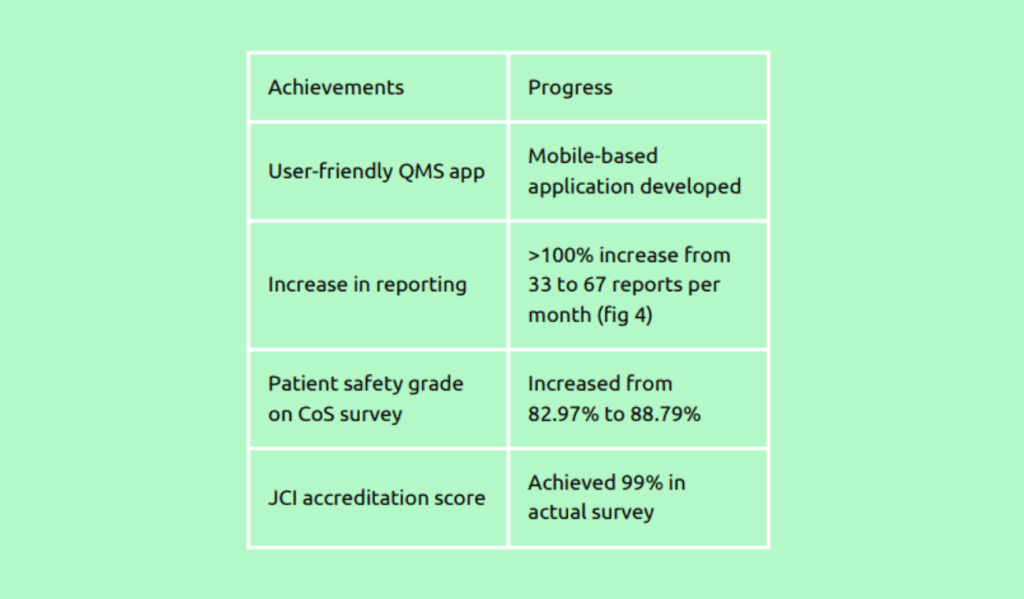Breaking the Silence: RFH’s Endeavor to Improve Safety Awareness in Healthcare
Read the Magazine in PDF
Abstract :
This article highlights the efforts of Sir H. N. Reliance Foundation Hospital (RFH) in enhancing its safety culture over four years. RFH, a leading quaternary care facility in South Mumbai, is committed to delivering safe and world-class healthcare to all individuals. Recognizing the importance of a safety culture, RFH adopted a Total Quality Management (TQM) approach to cultivate an environment where errors and near misses can be reported without fear. The organization focused on top management commitment, clear communication of safety values, resource allocation, and empowering employees to report incidents. The objectives included implementing a user-friendly incident reporting platform, increasing incident reporting, improving the patient safety grade on the Culture of Safety survey, and achieving a high JCI accreditation score. Through these initiatives, RFH aimed to nurture a proactive culture of safety and enhance patient care.
Organization Profile
In South Mumbai, Sir H. N. Reliance Foundation Hospital is a quaternary care facility with 345 beds. The hospital is dedicated to providing safe, affordable, and world-class healthcare to people from all walks of life. It achieves this mission by employing highly skilled professionals, well-trained staff, and the latest technology while adhering to international evidence-based practices. The hospital proudly holds accreditation from prestigious bodies such as JCI (Joint International Commission) and NABH, representing the highest quality care and patient safety standards. Additionally, it is recognized as the largest Gold Certified Green Hospital in Mumbai, demonstrating its commitment to environmental sustainability and conformity to national and international green building standards.
Introduction
The Culture of Safety (CoS), as defined by the Joint Commission, refers to a collaborative environment where skilled clinicians treat each other with respect, leaders foster effective teamwork and promote psychological safety, teams learn from errors and near misses, caregivers understand the limitations of human performance in complex systems, and there is a visible process of learning and improvement. However, healthcare still tends to have a culture of individual blame, which hinders the development of a safety culture. Recognizing the importance of a safety culture, Sir H. N. Reliance Foundation Hospital (RFH) has adopted a Total Quality Management (TQM) approach to enhance CoS and demonstrate leadership’s commitment to a safe environment.
To ensure patient safety, RFH leadership must foster an environment where individuals feel comfortable reporting errors and near misses without fear of reprimand or punishment. This is because behaviours that are not aligned with a culture of safety can have detrimental effects on patient care. By encouraging reporting, the hospital can identify areas for improvement, implement corrective and preventive actions, and ultimately cultivate a safer culture where patient well-being is prioritized.
The following actions will help identify the problem:
- Culture of safety is not created overnight but requires continuous cultivation and learning within an organization.
- A safe culture is characterized by shared beliefs and behaviors that prioritize learning from errors and improving practices.
- Failure to report errors can hinder the development of a safe culture, as it prevents the organization from identifying and addressing potential risks.
- In early 2018, RFH had a reactive approach to safety, with incidents being reported only after they occurred.
- To assess the effectiveness of their safety systems and processes, the CEO of the hospital decided to undergo a JCI baseline survey.
- The survey results revealed scores below the required threshold of 90% for passing, indicating the need for improvement in safety measures.


To find a solution, the following steps can be taken:

For sustaining the improvement:
- Weekly incident analysis summary categorized by incidents, departments, and closure status.
- Monthly reports are shared with governance committees.
- Implementation of JCI standards to enhance critical operational systems for quality and patient safety
- Annual mock audits, safety drills, and facility rounds
- Conducting AHRQ-based culture of safety survey once every two years.
- A comprehensive initiative is driven by the entire organization.
Outcomes :


Conclusion :
RFH’s journey towards a safer culture highlights the importance of shared beliefs and behaviours in healthcare organizations. By prioritizing patient safety and creating a conducive reporting environment, RFH achieved its goals. With a user-friendly QMS app, incident reporting increased, leading to risk identification and corrective actions. Improved patient safety grades and a high JCI accreditation score demonstrate RFH’s commitment to learning and quality. Their holistic approach inspires others to prioritize safety, resulting in better patient outcomes.




